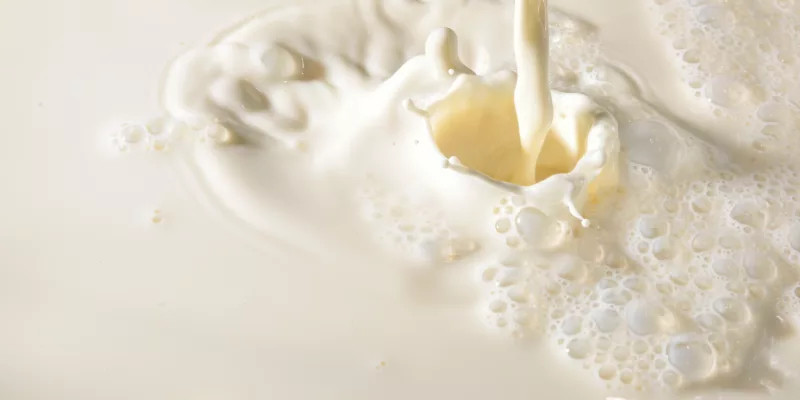
Gellan Gum (418) is used for gelling, thickening and suspension. Gellan is used to provide structural viscosity and suspension in fluid gels. It is particularly suited to dairy and alternative dairy beverages.
Application
Gellan Gum (E418) is widely used as a thickener, emulsifier, and stabilizer. It can be formulated to produce a wide range of gel textures from brittleness to elasticity. Gellan gum can also act as a fluid gel. It can exist as a light pourable gel or a thick, spreadable paste.
Gellan Gum’s heat stability and low viscosity at high temperature are useful in UHT processing. It is used in applications such as beverages and confectionery at a very low dose.
Due to its microbial origin, there is no contact with any animal products during its production, making it ideally suited to vegetarians, vegans, as well as those religions which legislate against the use of certain animal products in their foods. It is often used to replace gelatine.
| Application | Function |
|---|---|
| Confectionery | Low-Acyl used as a gelling agent in jelly confectionery. |
| Dairy and Ice Cream | Both Low and High-Acyl can be used as a stabiliser for ice cream and yoghurt. |
| Beverages | High-Acyl can be used in Dairy, Non-Dairy and Fortified beverages to suspend protein, minerals, vitamins, fibre and pulp. |
| Air Fresheners | Low and High-Acyl can be used to make a gel of crystal clarity with a high melting point. |
| Culture Medium | The use of High-Acyl gum, at a very low concentration makes clear solid gel. |
| Cosmetic Industry | Low and High-Acyl gums are used for their water locking function, in collagen, essence cream, facial masks. |
Chemistry
Gellan Gum (E418) is a water-soluble anionic polysaccharide produced by the bacterium Sphingomonas elodea (formerly Pseudomonas elodea). Aceylated Gellans are soft and elastic, whereas de-aceylated are hard and brittle.
In the commercial production process the bacteria is grown under carefully controlled conditions in a pure culture submerged viscous fermentation process. The substrate consists of glucose, protein and trace elements. During the fermentation the bacteria converts the sugar to Gellan Gum as part of its natural metabolic processes. The gum is exuded as a coat around the organism.
When the fermentation is complete the broth is pasteurised to kill the bacteria, the pH is adjusted and the broth is clarified. The Gellan Gum is recovered by precipitation with isopropyl alcohol.
The fermentation process is not affected by the natural and political factors which influence gums of plant and seaweed origin.
The primary structure of Gellan Gum is a linear tetrasaccharide repeat unit. Each repeat unit is composed of 2 ß-D-glucose units, a ß-D-glucuronic acid unit and an α-L-rhamnose unit.
Properties
Gellan Gum provides the following features and benefits:
- Since it is produced by fermentation process the quality and supply of the product can be guaranteed.
- It is easy to use – being easily dispersible in cold water and soluble/activates in hot water (depending on the form of Gellan gum, the activation temperature might vary).
- Low Acyl Gellan gum can be used very effectively at low levels to produce gels which are very brittle and have a high gel modulus.
- It forms gels with excellent clarity and flavour release.
- The setting and re-melt temperatures of the low acyl gel are a function of the ionic concentration the medium.
- The performance of the gel is little affected by ions from other ingredients or the pH.
- The inclusion of other thickeners and/or gelling agents modify the texture of the final gel. The possibility of using both Low- and High-Acyl Gellan Gum should provide the product developer with a great scope for textural modification.
- Finally, Gellan Gum provides some useful properties in systems containing gelatine.
